Super stores: explore the world’s visionary vehicular vaults
Awesome archives, from a conservatoire for cars to a boating tunnel of love and a climate-controlled spacecraft dock. As originally featured in the June 2017 issue of Wallpaper* (W*219)
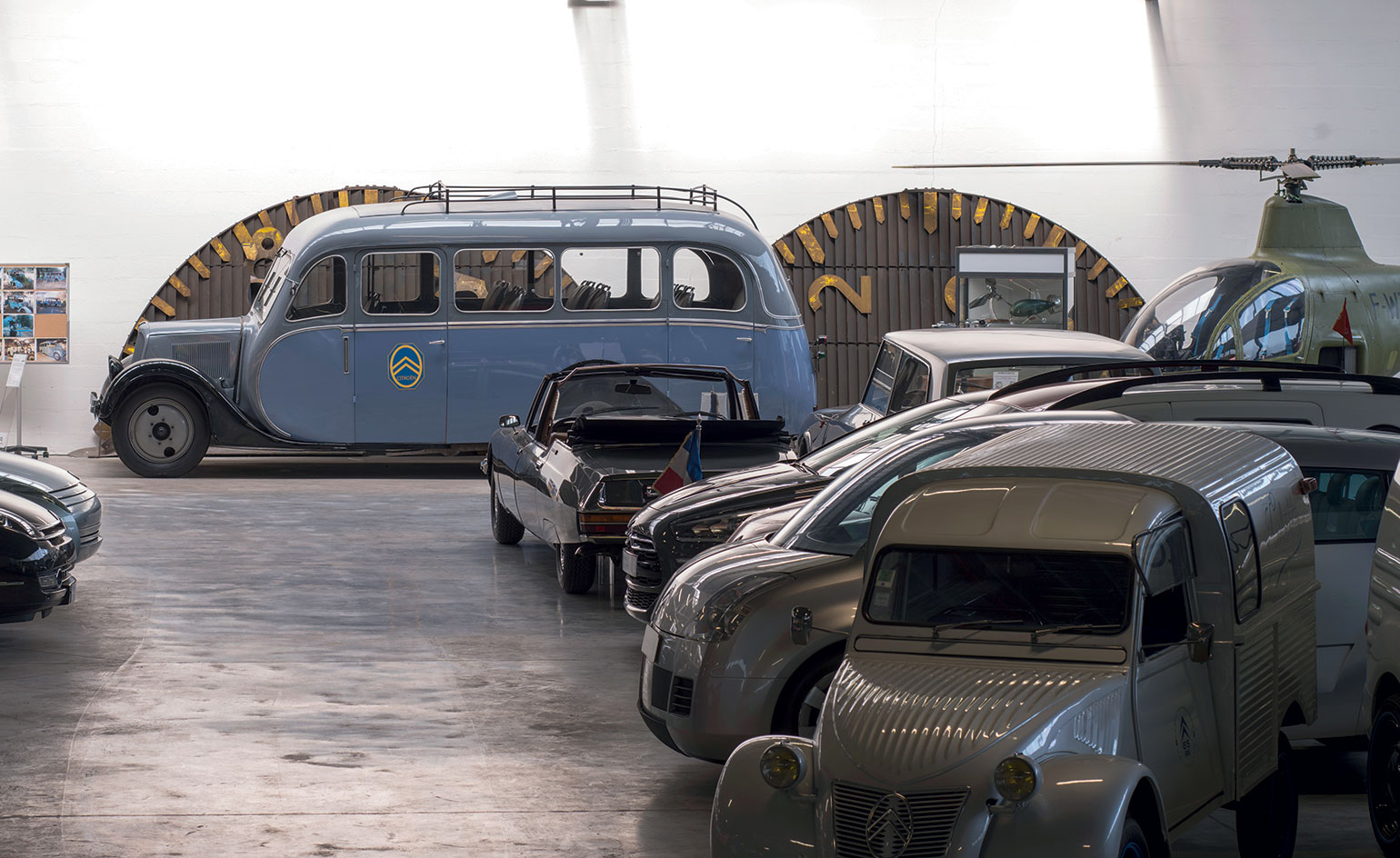
Citroën Conservatoire, Paris, France
André Citroën founded an automotive empire with a Gallic twist, inspired and driven by engineering but also mindful of expression and emotion in car design. Throughout its history, the marque has meticulously chronicled and archived its output, resulting in the creation of the remarkable Citroën Conservatoire, a collection of over 400 vehicles (and 1.5km of document shelving) that catalogues the design evolution, technological innovation and sheer stylistic bravado that has always been central to the brand. The collection includes pre-war production models, quirky commercials, unusual concepts (a helicopter among them) and variants of the legendary DS. Mint examples of humble 1980s hatchbacks sit alongside burly rally machines and priceless one-off prototypes. The company’s long-standing relationship with officialdom is charted in the set of stretched saloons built over the decades for inhabitants of the Élysée Palace, while the opposite extreme is marked by development models created for the groundbreaking 2CV and the rough and ready Méhari buggy. The archive is open to the public – prebooked tours only – and it’s tempting to speculate that this ready grasp of nearly a century’s worth of archive material helped shape Citroën’s recent revival of the ‘DS’ name as a standalone, upscale brand in its own right. As displays of singlemarque design diversity go, the Conservatoire is unrivalled, offering lessons in transport design that still look ahead of their time.
Pictured, Citroën’s U23 bus from 1947, with bodywork by Carrosserie Besset, alongside the ill-fated RE-2 helicopter concept, intended as a rival to American manufacturers. In the foreground is a classic 2CV Fourgonnette, the light commercial vehicle that transformed rural France, while one of two custom-made SM Presidentials can be seen at the rear.
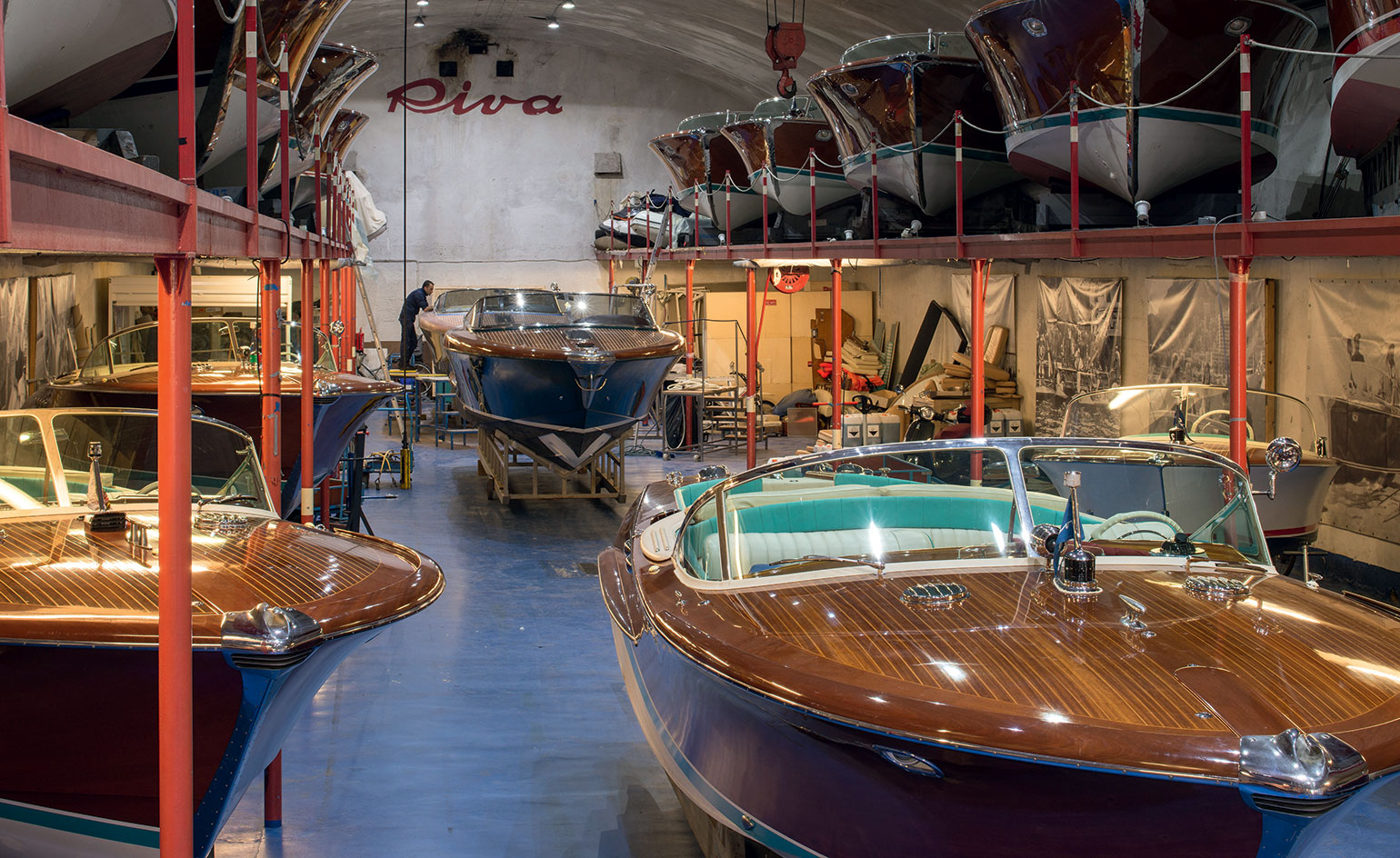
Boats
Riva tunnel, Monaco
Monaco Boat Service began life in 1959, when the family-run Italian boat-builder Riva sailed into the public eye as one of the defining elements of Riviera style and glamour. MBS was one of the company’s premier sales and maintenance outfits on the Mediterranean coast, making the most of its splendid location and starry clientele. The company’s pier still stretches out into Monaco harbour, and has displayed a polished line-up of desirable vessels, from the late Carlo Riva’s celebrated Aquarama, built from 1962 onwards, to contemporary Aquarivas and other high-tech sports boats. Carlo was instrumental in bringing the company to Monaco, and to cope with the need for more space to restore and maintain its clients’ precious charges, he instigated the creation of the Riva Tunnel. Initially designed to drystore 100 boats, the tunnel was blasted out of the Rock of Monaco, beneath the seven centuries-old Grimaldi Palace. Today the company is overseen by Carlo’s daughter, Lia, and continues to make a major contribution to the daily lives of Monégasques. Collectors flock to the site to participate in the annual Riva Trophy and the vintage Aquaramas are still a common sight in the bay, especially during the principality’s yacht show, when they flit between the mighty superyachts and deliver guests to Norman Foster’s Monaco Yacht Club – directly across the harbour – in peerless style. The tunnel is still very much a marine workshop, home to one of the world’s finest collections of a sea-going legends – even though the space scrubs up for the occasional party.
Pictured, a flotillia of classic Riva Aquaramas fills the tunnel, kept in pristine condition for their outings along the Rivera.

Spacecraft
Smithsonian National Air and Space Museum (NASM), Washington, DC, USA
Some of Smithsonian’s artefacts need more space than others. NASM is not so much an archive but a place where aeronautical icons go to live out their years in climatecontrolled retirement. SpaceShipOne, seen here, was the world’s first privately funded spacecraft. Bankrolled by Microsoft’s Paul Allen and designed by Burt Rutan, it was lifted to the edge of the atmosphere atop the White Knight mothership before boosting itself upwards, then gliding back to Earth. From 2003 to 2004, the plucky little rocketship undertook 17 suborbital flights, reaching a peak altitude of 112km, before retiring. Today its successors are getting ready for the big time with Virgin Galactic.
Pictured, SpaceShipOne, the world’s first privately funded spacecraft, is displayed with its wings in the ‘feathered’ postition for re-entry into the earth’s atmosphere.
Wallpaper* Newsletter
Receive our daily digest of inspiration, escapism and design stories from around the world direct to your inbox.
Jonathan Bell has written for Wallpaper* magazine since 1999, covering everything from architecture and transport design to books, tech and graphic design. He is now the magazine’s Transport and Technology Editor. Jonathan has written and edited 15 books, including Concept Car Design, 21st Century House, and The New Modern House. He is also the host of Wallpaper’s first podcast.
-
 All-In is the Paris-based label making full-force fashion for main character dressing
All-In is the Paris-based label making full-force fashion for main character dressingPart of our monthly Uprising series, Wallpaper* meets Benjamin Barron and Bror August Vestbø of All-In, the LVMH Prize-nominated label which bases its collections on a riotous cast of characters – real and imagined
By Orla Brennan
-
 Maserati joins forces with Giorgetti for a turbo-charged relationship
Maserati joins forces with Giorgetti for a turbo-charged relationshipAnnouncing their marriage during Milan Design Week, the brands unveiled a collection, a car and a long term commitment
By Hugo Macdonald
-
 Through an innovative new training program, Poltrona Frau aims to safeguard Italian craft
Through an innovative new training program, Poltrona Frau aims to safeguard Italian craftThe heritage furniture manufacturer is training a new generation of leather artisans
By Cristina Kiran Piotti
-
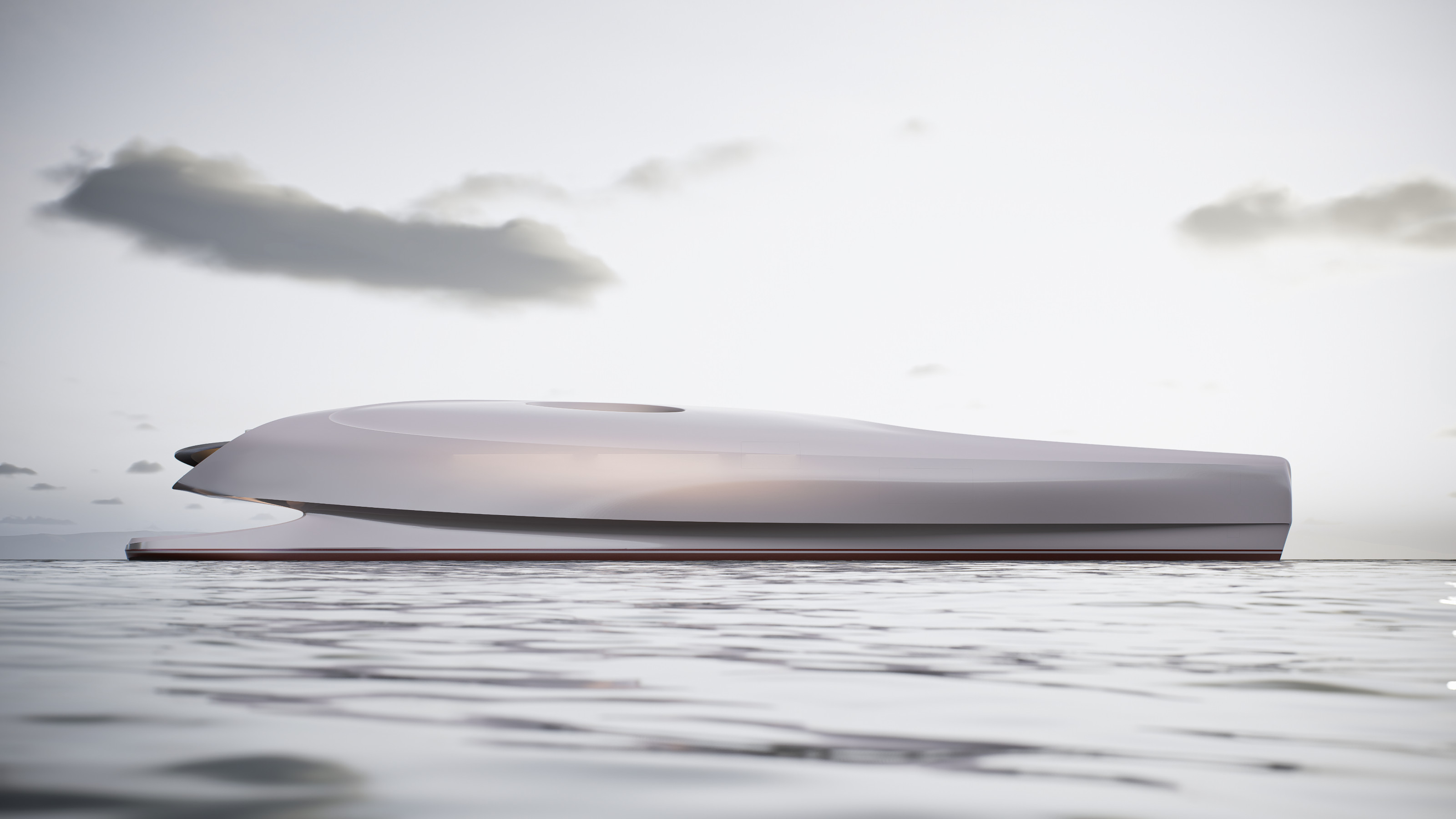 A new concept superyacht unfurls, courtesy of Vripack and Oceanco
A new concept superyacht unfurls, courtesy of Vripack and OceancoExplore Project Lily, a concept superyacht for a new generation of moneyed enthusiasts looking to push the envelope of nautical design
By Jonathan Bell
-
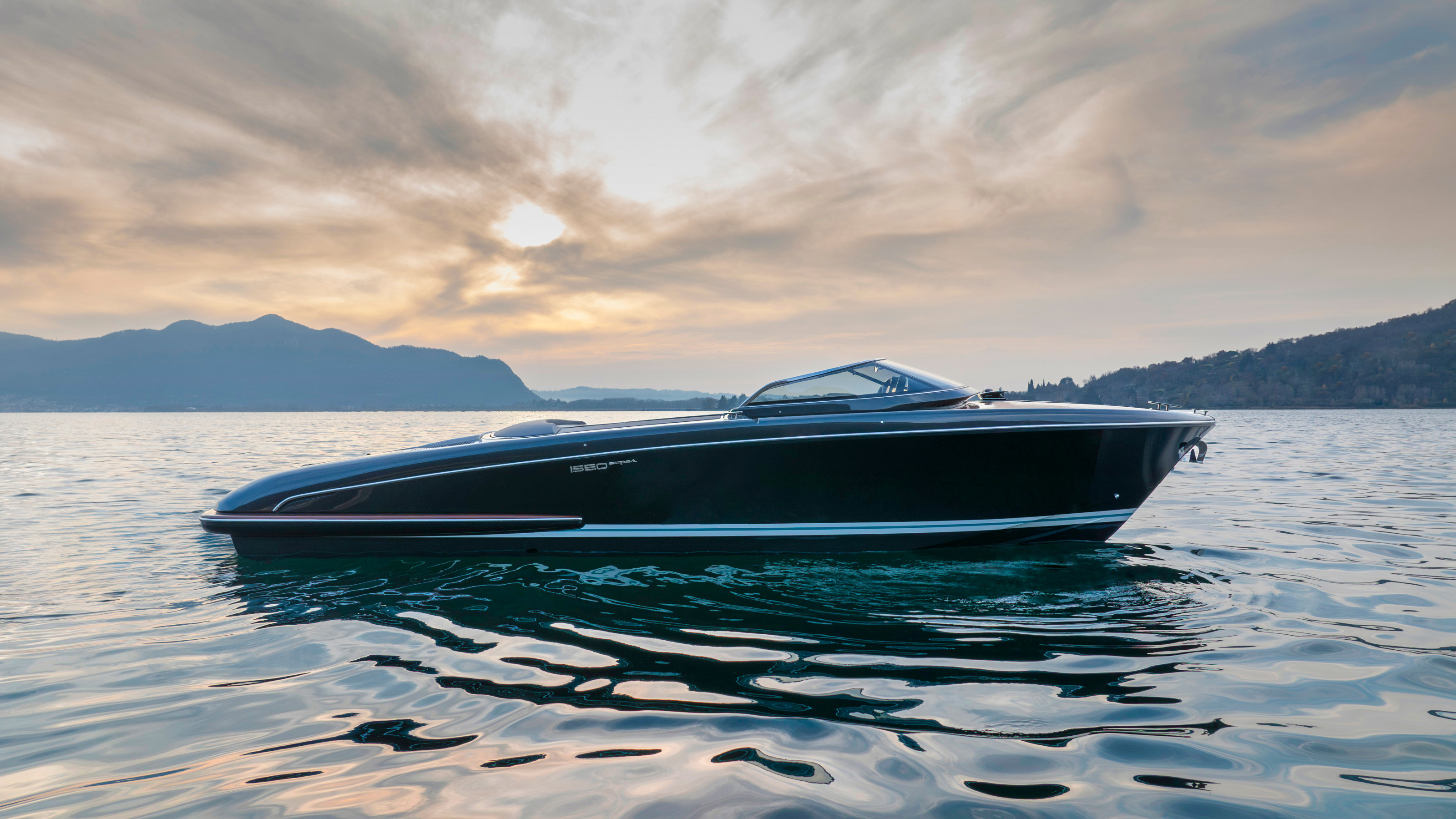 The new Riva Iseo Super continues the Italian manufacturer’s mastery of motorboat design
The new Riva Iseo Super continues the Italian manufacturer’s mastery of motorboat designA sleek 27-foot runabout, the Riva Iseo Super showcases the factors that make Riva synonymous with waterborne elegance and style
By Jonathan Bell
-
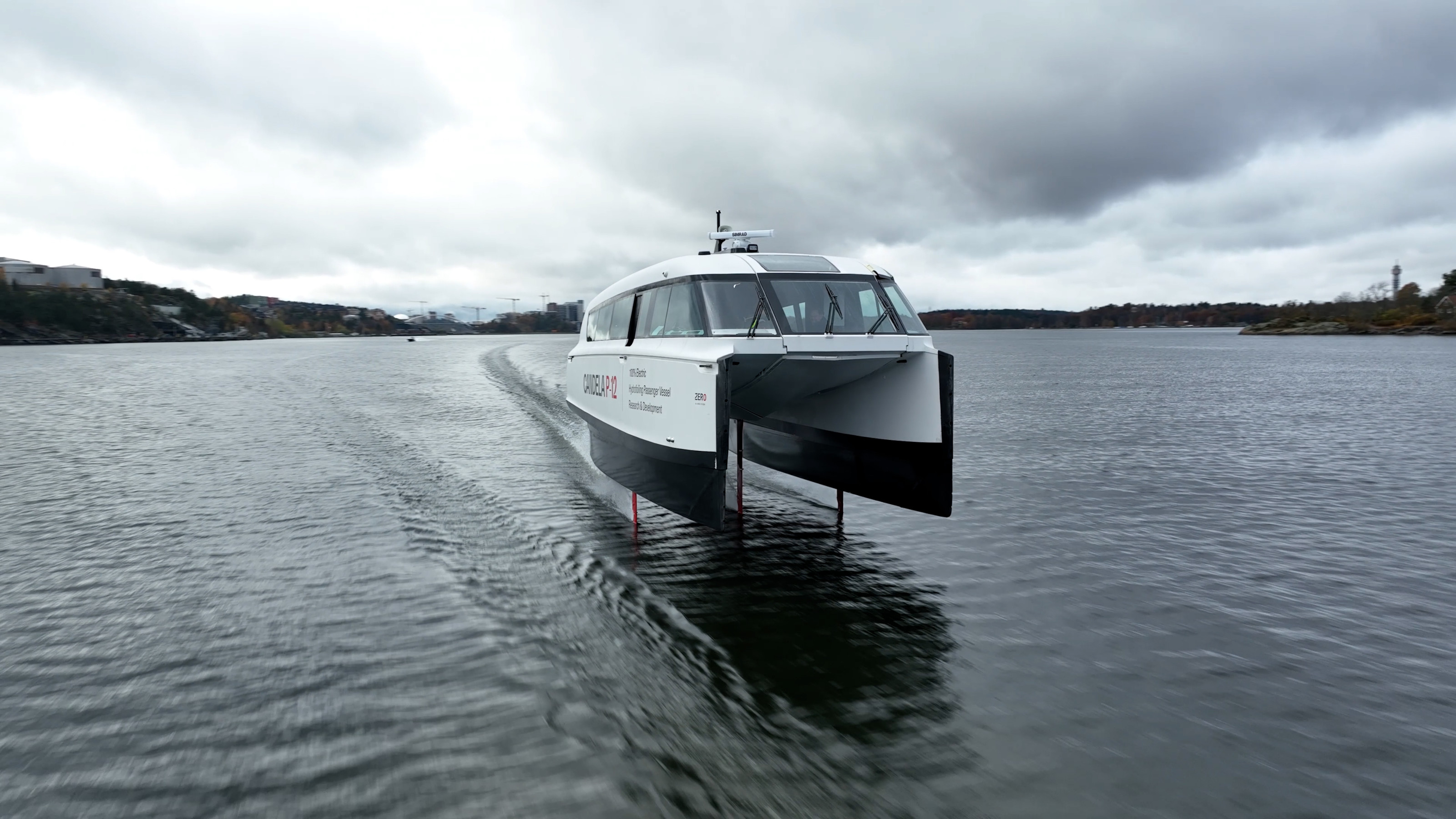 New wave: 11 electric boats for a nautical New Year
New wave: 11 electric boats for a nautical New YearFrom cutting-edge electric hydrofoils to elegant speedboats, here are some of the newest innovations to take to the waves
By Jonathan Bell
-
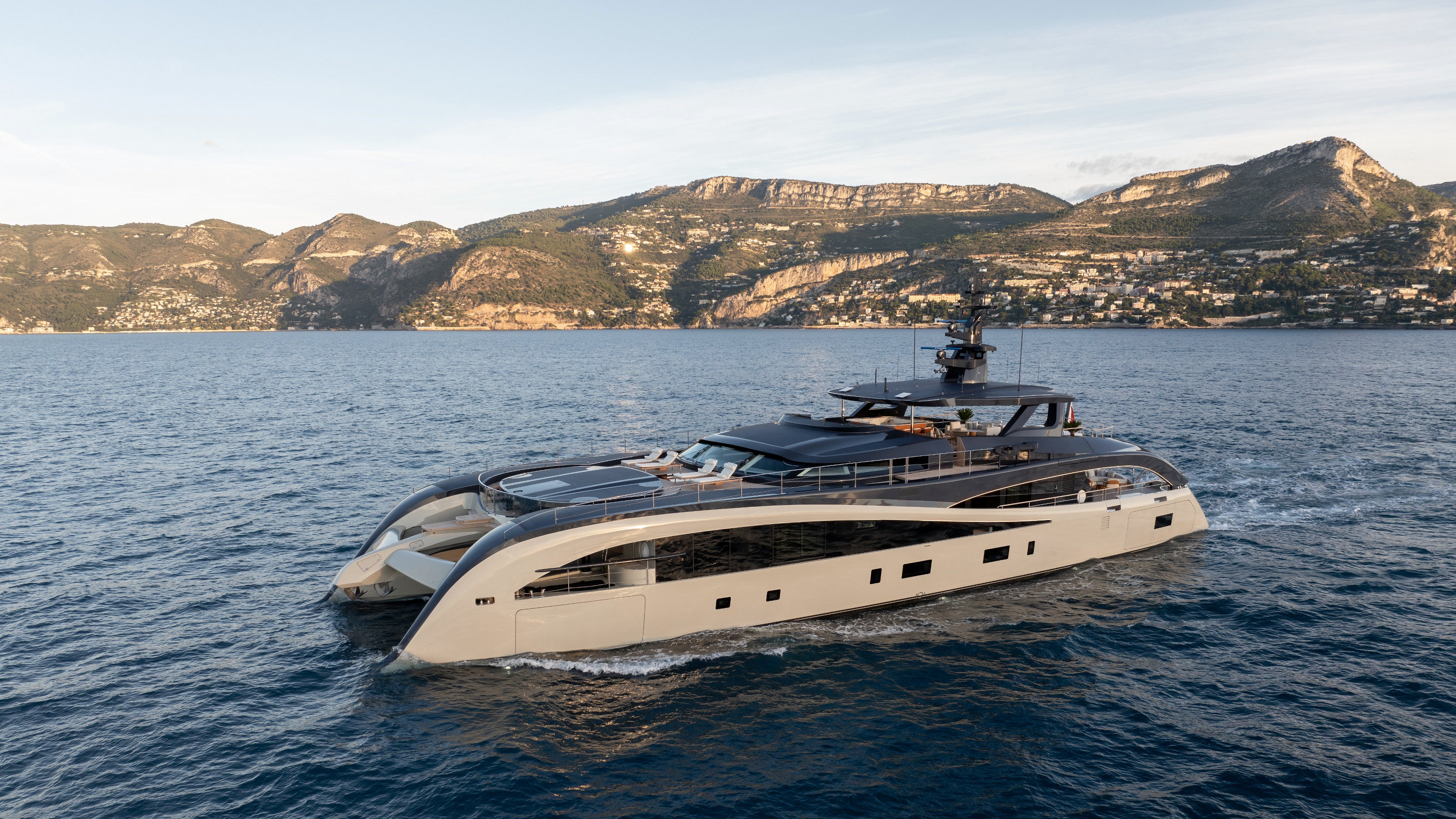 Seawolf X: an ocean-going interior by hotel specialist Meyer Davis brings Scandi style to a superyacht
Seawolf X: an ocean-going interior by hotel specialist Meyer Davis brings Scandi style to a superyachtSeawolf X is Rossinavi’s newly launched hybrid-electric catamaran, with interiors by New York design studio Meyer Davis
By Jonathan Bell
-
 Feadship unveils the Concept C, a silent superyacht with all-electric propulsion
Feadship unveils the Concept C, a silent superyacht with all-electric propulsionInspired by diamonds and deep pockets, the Dutch shipbuilder revealed its annual concept design at the 2024 Monaco Yacht Show
By Jonathan Bell
-
 SM Tribute by DS Automobiles marks ten years of the brand and signals bold things to come
SM Tribute by DS Automobiles marks ten years of the brand and signals bold things to comeThis spectacular concept car pays homage to one of the most iconic Citroën designs of all time, the 1970 SM by Robert Opron
By Jonathan Bell
-
 Carrosserie Caselani’s Fourgonnette is a retro van for bold businesses
Carrosserie Caselani’s Fourgonnette is a retro van for bold businessesThis updated Fourgonnette, inspired by the legendary Citroën 2CV, cloaks a conventional Citroën commercial vehicle in a stylish retro skin
By Jonathan Bell
-
 Coming soon: a curated collection of all the new EVs and hybrids that matter
Coming soon: a curated collection of all the new EVs and hybrids that matterWe've rounded up new and updated offerings from Audi, Porsche, Ineos, Mini and more to keep tabs on the shifting sands of the mainstream car market
By Jonathan Bell